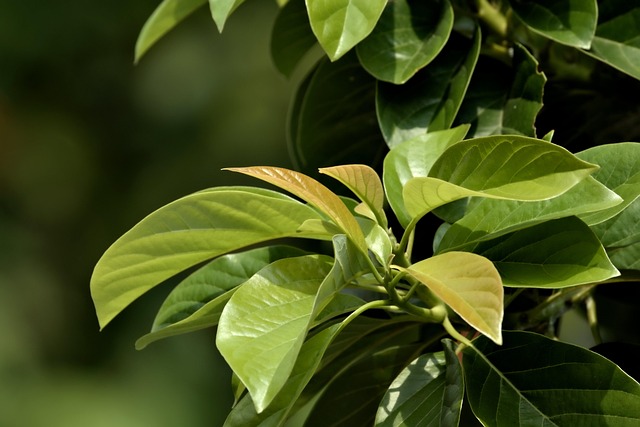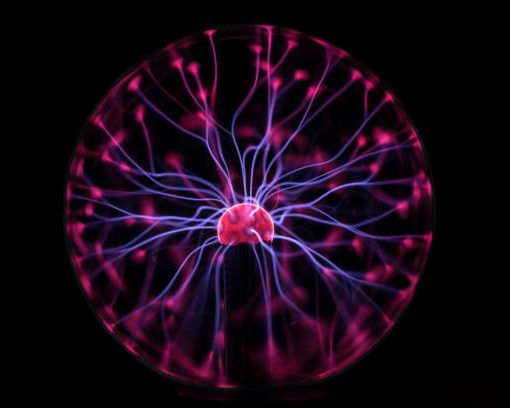Plants achieve near-perfect efficiency in photosynthesis by harnessing quantum mechanical effects for energy transfer. When light is absorbed by chlorophyll, the excitation energy is distributed over multiple states, creating a superposition that enables efficient, almost loss-free transport of solar energy within and between molecules. A recent study highlights the crucial role of quantum coupling in the low-energy Q region of the chlorophyll spectrum, leading to loss-free energy transport. Understanding these mechanisms could inspire the design of artificial photosynthesis units, potentially revolutionizing solar energy utilization for electricity generation and photochemistry.
Read the original research here.
Editor’s note: Nature’s mastery of quantum mechanics in photosynthesis offers a humbling perspective, challenging the long-held notion that we must dominate and manipulate the natural world for our benefit. The elegant efficiency of plants, honed over millennia, reveals an intelligence far surpassing our current technological capabilities, showcasing fool-proof survival mechanisms woven into the very fabric of life. This discovery subtly undermines a purely materialistic worldview, suggesting that the universe operates with a sophistication and inherent wisdom that transcends mere matter and energy. Perhaps true progress lies not in conquering nature, but in learning from its profound ingenuity and aligning ourselves with its intrinsic intelligence, hinting at deeper, non-material principles at play. [Also read Beyond Brainwaves: The Quantum Connection of Love and Emotional Synchronization, What is Quantum Entanglement?, Dalai Lama: Spirituality without quantum physics is incomplete, Is the human brain a quantum system?, Bridging Science and Spirituality through Quantum Physics, Reimagining Reality: The Role of Consciousness in Understanding the Universe].
Read Original Article
Read Online
Click the button below if you wish to read the article on the website where it was originally published.
Read Offline
Click the button below if you wish to read the article offline


